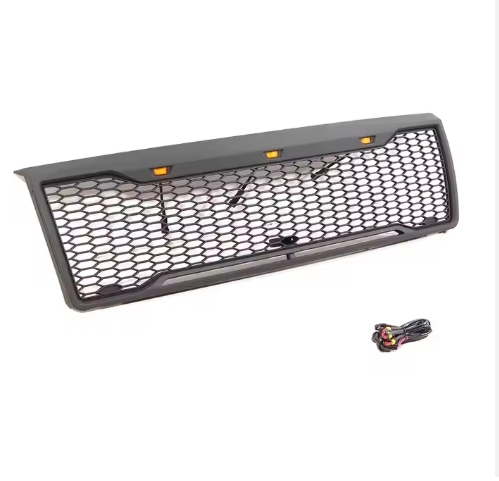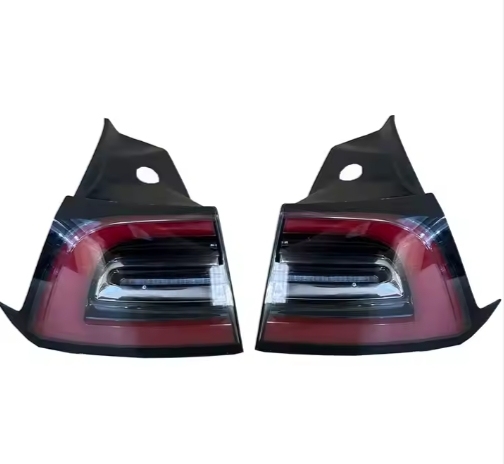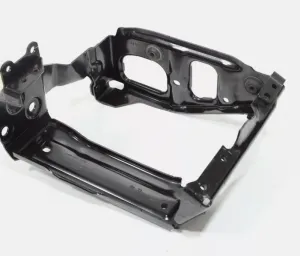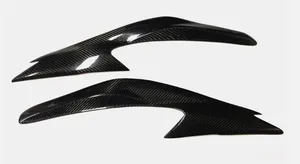Disassemble the camshaft solenoid valve and analyze the cause of leakage

When inspecting the vehicle a year ago, it was found that the camshaft solenoid valve had leaks. After simple cleaning, after running for dozens of kilometers, there was still leakage. Check the oil level and there is no significant drop.
If there is a problem, go to the forum.
Looking through the posts about solenoid valves in the forum, a driver (Lao Longmin) article “Oil Leakage Treatment of Camshaft Solenoid Valves” written in early 21st was very close to my situation. After studying carefully, I felt that I should take it apart and take a look first and decide on a maintenance plan as appropriate.
Looking through the posts about solenoid valves in the forum, a driver (Lao Longmin) article “Oil Leakage Treatment of Camshaft Solenoid Valves” written in early 21st was very close to my situation. After studying carefully, I felt that I should take it apart and take a look first and decide on a maintenance plan as appropriate.

Tools to use. E8 socket, 5- 60NM torque wrench, caliper, Toyota vinyl, one-word screwdriver.

With the right tools, disassembly is very simple. Unplug the plug, remove the 3 screws, and tap the housing to remove the solenoid valve. Pay attention to the sealing rubber ring. It is completely flattened and cannot rebound.

The first solenoid valve removed.

Looking at the solenoid valve from another angle, you can see that the main leakage location is at the connection between the socket and the housing.

For another solenoid valve, the most serious leakage is at the connection of the socket housing.

The problem was found after simple cleaning. Pay attention to the yellow cushion layer between the socket and the housing. It is estimated that it caused the loose seal.

Use a 3 mm drill bit to knock off 3 rivets and you can see the core structure. The liquid inside leaked in during cleaning just now, and it can be imagined that the gap is already very large.

Except for the plug, it is completely decomposed.

Clean it, dry it with a hair dryer, and prepare for measurement.
Hot Information
Tesla Autopilot and similar automated driving systems get ‘poor’ rating from prominent safety group
 April 1, 2024
April 1, 2024 Localization of EV parts without production scalability may not help cut EV price, says President, Amara Raja
 March 27, 2024
March 27, 2024 
JCTSL may turn bus stands into charging points for e-buses
 March 27, 2024
March 27, 2024 You May Like











